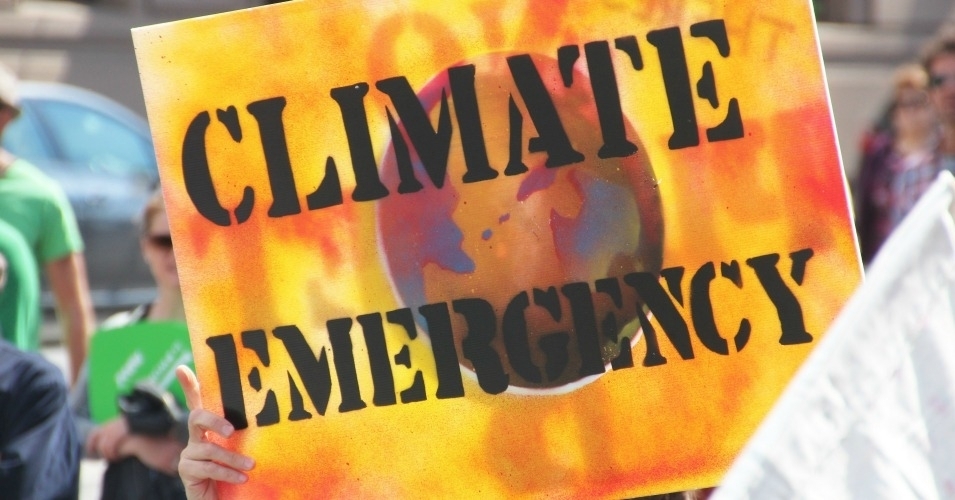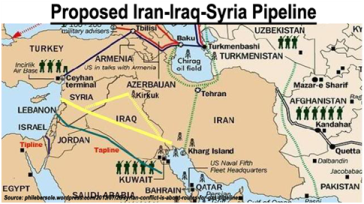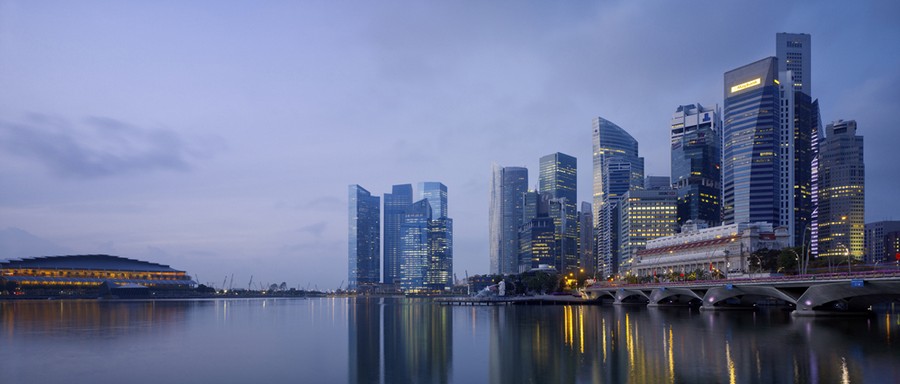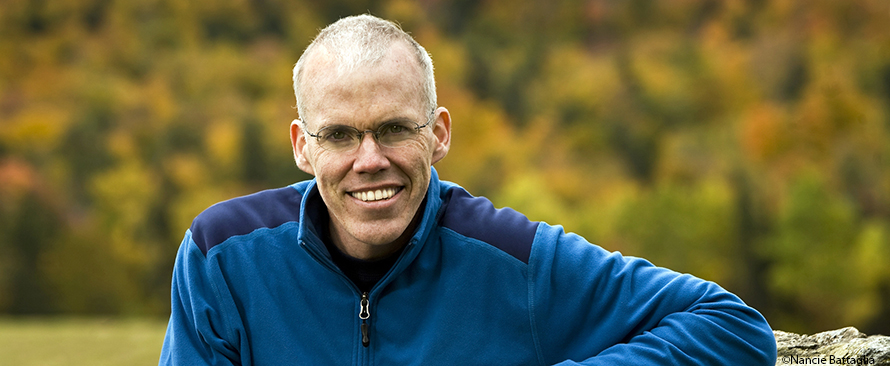If we don’t like predatory capitalism and we don’t like socialism, what do we want? This is what Gar Alperovitz of The Next System has asked. Many in the climate emergency movement have also called for ideas for a new economy. While some of the ideas are expanded elsewhere, here is a summary of what we believe is necessary:-
1. Leave the existing currency alone. It is what Bernard Lietaer calls a yang currency and needs to be balanced with a yin currency. So many things are wrong with the system it is quicker and better to start again. But the trick is to find how.
2. Elect a Community Board. Appoint hapu and/or iwi representatives. This board guides the process of decentralisation of energy and many other systems previously centralised and vulnerable to shock. They decide what is important for your area in the way of infrastructure for your local resilience – a functioning water system, a port, a roading system, a local radio station, a micro electricity grid, Local Area Networks for internet. They are responsible for planning and community development.
3. Elect a Currency Board, responsible for designing and issuing the currency and keeping it stable. It will eventually become a community bank. These people must be willing to communicate with and cooperate with all the other neighbouring Currency Boards. You can see how important the elections are! This Committee will create a new natural currency that decays by design. They will decide if it will be digital or notes. They will ensure the notes are secure and decide on the rate of decay of the currency and how much to issue in order to avoid inflation.
4. Elect a Land and Resources Board and appoint hapu and/or iwi representatives with knowledge of local land stories, Treaty settlements, sensitive land that is not back under iwi control. These people work with any existing land trusts and decide on what land to buy to put into the Community Land Trust. They first seek council cooperation to put council owned land into their trust. They also work with any local cooperative to ensure the land they use goes into the CLT. Then they make recommendations to the Monetary Committee for suitable properties to buy up with new money. They also monitor local resources – water, fish, forests, minerals and set rules for sustainable use of the commons.
A Lot of Elections are needed
It seems like a lot of elections, but they are important because you need plenty of elected people to act as checks and balances on the other boards. This is big stuff you are dealing with. Each small board has a range of vital functions we are not used to at this level, and it is critical to avoid corruption.
Decide that your Community Board will function as a self-governing local entity, possibly serving a population of 5000 – 25,000 people. Know that you can both make and enforce your local rules, especially rules relating to your currency and your rental gathering. Resist interference from national government in matters you believe are just local matters. Tell them to go away. You will help them later when your own currency and revenue schemes are scaled up. (See Declaration of Interdependence for rights and responsibilities of local communities)
Put it into action
The next phase is for the Currency Board to spend the new currency into existencein one of four ways:
a. to pay for labour and materials for adapting and maintaining infrastructure – the ones decided by the Community Board. Or you could spend it into existence to pay part of the salary of bank staff. Or a Citizens Dividend for a start? Or all three?
b. To pay part of the salary of staff in the new currency.
c. To distribute a small Citizens Dividend.
d. To buy land for the Community Land Trust.
If you can employ staff, get them to persuade your local businesses to accept the new currency for payment.
The Land and Resources Board will decide which land you want to put into community ownership first. Is it bare land or already built on? Will you insist on compulsory purchases? Is there a local factory or business in your district that has privatised part of your commons? (minerals, intellectual property, water, knowledge, public infrastructure). What powers do you want to purchase land of those who are polluting the biosphere?
5. Employ a valuer to set up a Land Rental Index. Accept only the new currency as payment.
6. Compile and maintain of directory of local citizens, including all children. Each will be eligible to share the rents from the use of the commons.
7. Have your Community Board communicate at the earliest possible juncture with neighbouring governance units. Ask yourself at what stage will you need to cooperate with other boards for roading, sewerage, water supply, transport, stormwater infrastructure. Be sympathetic to your local council when they have rating (local tax) arrears and use it as a bargaining tool, so your citizens can pay their rates in the new currency.
8. Employ participatory budgeting. The decision about whether to spend new revenue on infrastructure, administration or on Citizens Dividends will be done at a public meeting only. Establish the principle of community participation in budgeting right from the start. There will always be a tension between building essential infrastructure and giving out Citizens Dividends. Some get really attached to their dividends. Since Alaska doesn’t have participatory budgeting and people love their dividends so much, Alaska’s system isn’t funding enough infrastructure.






